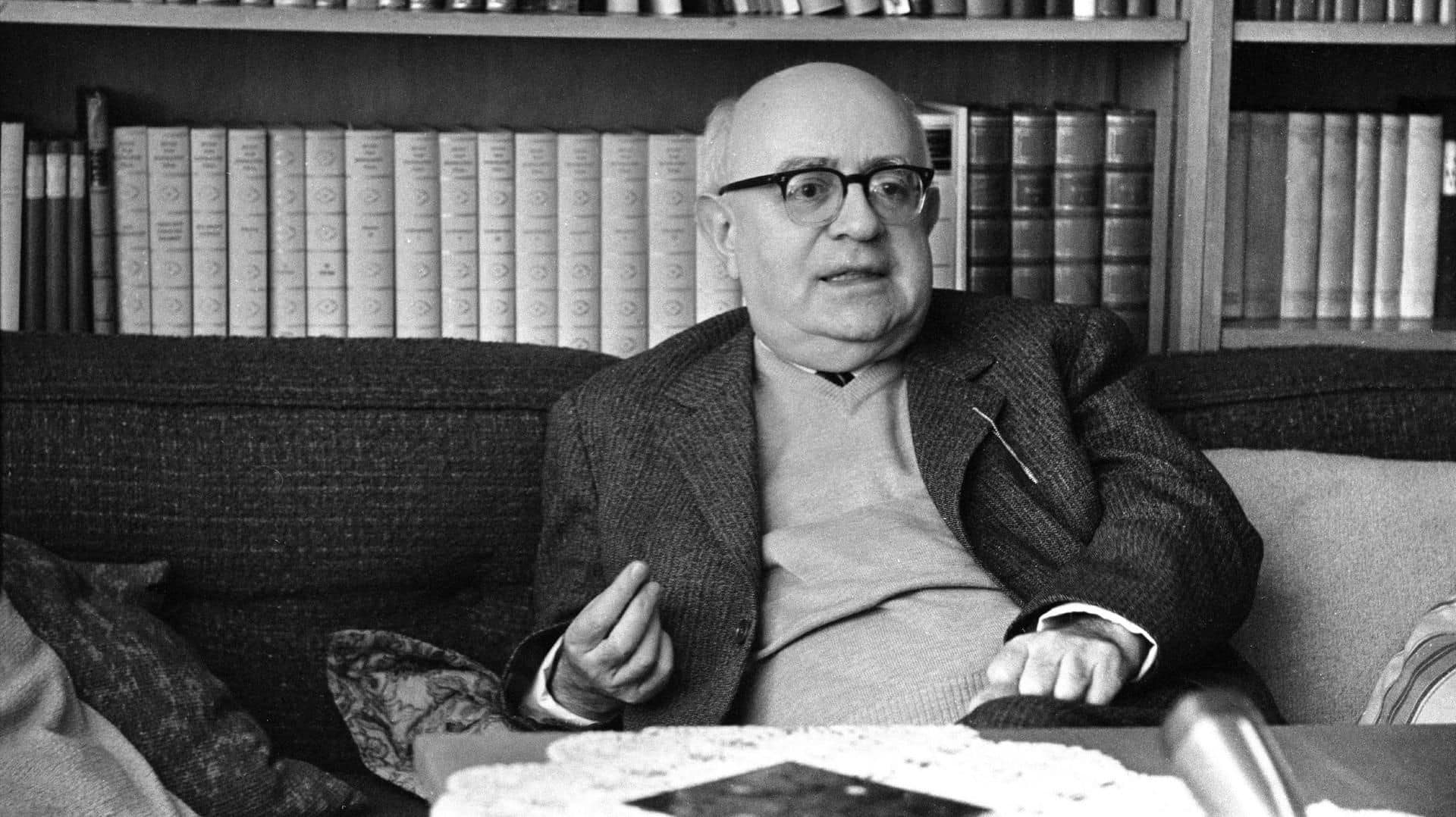Adorno's Constellations (4)
Further remarks on Constellations
We've covered a lot of ground in the last three posts : we talked about the metaphysical issue at the heart of the constellation, Hegel's response to this problem and finally Adorno's take. Today I'd like to further explore Constellations. I put a warning here: this post is largely inspired by the conclusions drawn by Martin Seel in his article Versionen des Negativität konstellativen Denkens[1] written in 2018, which, to my knowledge, has not been translated yet.
I will develop here four ideas.
-
Constellar thinking fulfills itself as an open enrichment of the processed object's determinations, in order to exhibit them in the irreducible aspects of their own composition. Constellar thinking is experimental, improvised, and has no aim, no teleology, nothing it needs the object to show or say.
-
Adorno thought that thinking philosophically was like thinking in models. Of course these models are far from the scientific models – I would say static, strict and inflexible – but are more like theorical attempts at methodically arranging, organizing different items of the same ensemble ; these arrangements can, at any minute, be rearranged and transformed to form other organisations. A very important idea lies in this: the idea of a necessity of contingency – something Quentin Meillassoux meticulously explored in Après la finitude – implied by the dynamic nature of the structure; nothing never stays the same, at some point, it will evolve, transform and even if it bears the same name, it will be different from what it once was.

Theodor W. Adorno
- Constellar thinking is in itself unique: it doesn't just "describe" an object, it also contextualizes it. It means that an object caught in a constellation sees its interior (the singularity constituting it) revealed to and by the exterior (the conceptual recognized in it). In more adornian terms, the concept exceeded the concept and made it possible to reach towards the non-identical. Concepts, the structure of thought and language, was the major block preventing us to understand and grasp the non-identical, but there Adorno reverses the desperate situation: concepts overcome their own limitations and rediscover what they initially denied themselves.
- My last point is a little more subtle but is logically implied by the precedent propositions. In a constellation there is the idea of capturing the singular historical relationships that shapes the object. The object is a recording surface of its own historical components: its singularity, or at least part of it, lies in its history. And here, Adorno makes a big step forward: the singularity, the non-identical is a historical structure, there is a will to grasp an object in its historicity and to understand how relationships and influences affect it. The object is not alone in a cosmos anymore, it comes with an otherness intrinsically constituting his core non-identity.
These four ideas are essential to understand what a constellation is. Next time, I'll conclude about Constellations and I will talk about the shady corners of Adorno's concept as well as explain why this is still a powerful tool for today's philosophers.
Find Paul Dablemont on mastodon | Get Philosophical Annexes in your inbox | © 2024 Paul Dablemont. All rights reserved.
Seel, Martin (2018). Versionen der Negativität konstellativen Denkens. In Thomas Khurana, Dirk Quadflieg, Juliane Rebentisch, Dirk Setton & Francesca Raimondi (eds.), Negativität: Kunst - Recht - Politik. Berlin: Suhrkamp. pp. 424-434. ↩︎